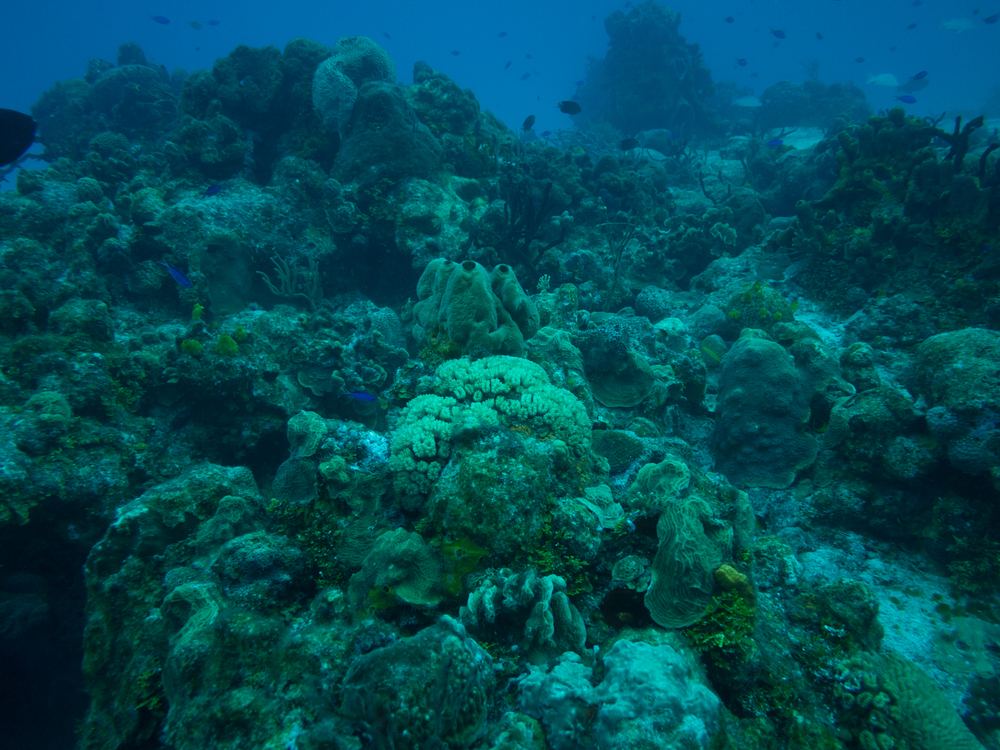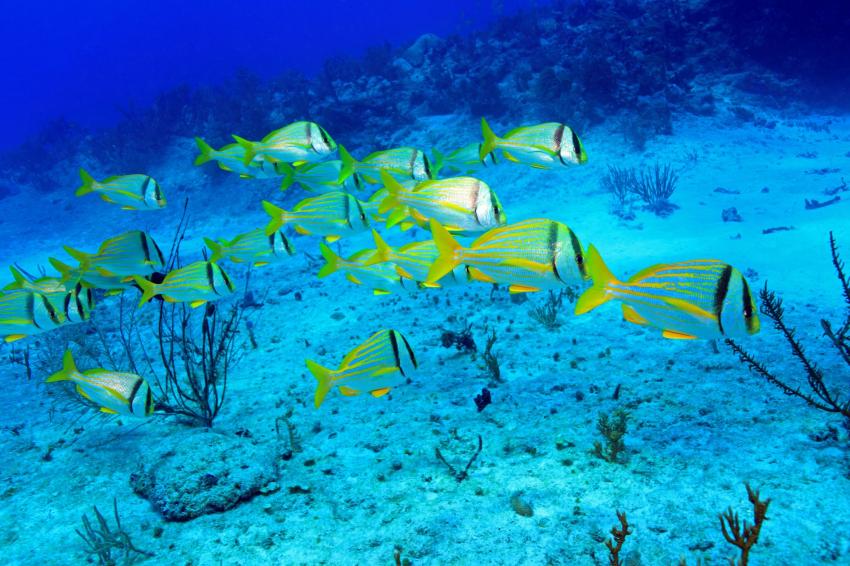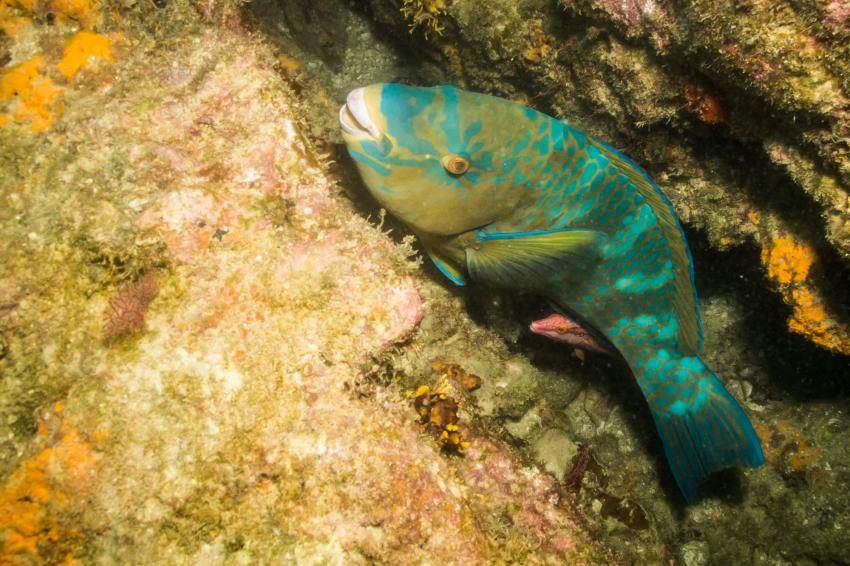
Las Animas
60% of divers returns to us
Liveaboard cruises offering dives at the Las Animas
All about Las Animas dive site
Las Animas is a popular liveaboard diving destination located off the coast of Mexico's Pacific Ocean. The island is known for its pristine waters, diverse marine life, and unique underwater topography, making it an ideal destination for scuba divers seeking an unforgettable experience. Las Animas is characterized by a range of underwater terrain, including steep walls, sandy flats, and rocky outcroppings. The island's walls are covered in colorful coral gardens, sponges, and anemones that provide shelter and habitat for a variety of marine species. The sandy flats offer divers the chance to encounter critters such as eels, rays, and octopuses, while the rocky outcroppings provide an opportunity to explore and discover the hidden nooks and crannies where marine life resides. The island's unique underwater landscape also provides divers with the chance to encounter a variety of pelagic species

What to see
Schools of jacks, snappers, and tuna are commonly seen cruising along the walls, while larger species such as sharks and rays can also be spotted in the deeper waters. Divers can also expect to encounter giant Pacific manta rays, which are known to frequent the waters around Las Animas. Several species of shark, including the impressive hammerhead shark can be seen. These majestic creatures can grow up to 4 meters in length and are known for their distinctive head shape. Divers can experience the thrill of swimming alongside these magnificent creatures, watching as they gracefully glide through the water
When To Go Diving
November to May can be considered the best time to dive at Las Animas. During this period, the water temperature is warm, ranging between 24-27°C (75-81°F), and the visibility is excellent, making it an ideal time for diving. From November to January, the waters around Las Animas are teeming with marine life, and divers can expect to encounter schools of jacks, snappers, and tuna, as well as several species of shark, including the impressive hammerhead shark. Giant Pacific manta rays are also commonly seen during this period. From February to May, the water temperature can rise to around 27°C (81°F), and the visibility remains excellent, providing divers with the opportunity to explore the island's unique underwater landscape, which includes steep walls, sandy flats, and rocky outcroppings. Between February and May, there is a possibility for divers to encounter humpback whales around Las Animas, as these majestic creatures migrate to the area during this period to mate and give birth









